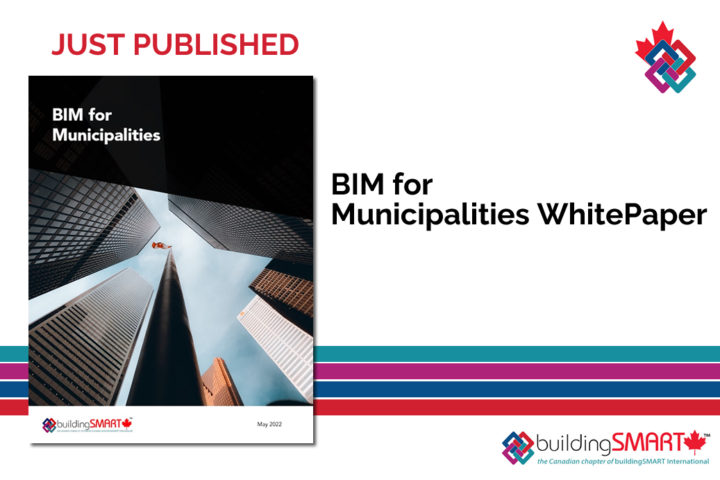Link to the original article: Here
With BIM used more and more often on projects, it’s important to remember to properly draft contracts to deal with the issues that may arise.
Building information modelling is now widely used for designing, preparing and integrating project design data for use by multiple parties on a single platform. It promotes collaborative working and knowledge. But what happens when there’s a dispute? Who controls the BIM model?
In Trant Engineering Ltd v. Mott MacDonald Ltd [2017] EWHC 2061 (TCC), the consultant blocked access to the BIM model during a dispute with its client. Concerned about the potential delay and disruption to the project, the client contractor successfully sought an injunction for access. The decision flags up issues for other users of BIM-enabled contracts.
Background to the case
The claimant, Trant, made a bid to the Ministry of Defence to provide a new power generation facility in the Falklands Islands. Trant engaged the defendant Mott MacDonald during the tender period to provide design consultancy services for a modest payment. The plan was for Mott MacDonald to carry out the full design consultancy services if Trant’s bid was successful.
When Trant was awarded the £55m MoD contract, Mott MacDonald sent its consultancy contract to Trant for signing. The contract, a construction contract under the Housing Grants Construction and Regeneration Act (as amended), included a licence for the client to use the designs subject to a right of suspension if full payment was not made. Mott MacDonald then proceeded with design co-ordination and the preparation and implementation of BIM.
How did the dispute arise?
Trant did not sign the contract and disputed Mott MacDonald’s claim that the scope of works had increased. When Mott MacDonald invoiced £500,000 on account of work done by it, Trant paid up. However, Trant did not pay two further invoices and only issued a pay less notice in relation to one of them.
Unpaid and with no agreement on the contract, Mott MacDonald denied Trant access to the design data by changing the passwords. Claiming there was no contract, it later suspended its performance and revoked its copyright and intellectual property rights in the design data already provided. Trant terminated the contract and sought an injunction to secure access claiming it had paid for and was entitled to the design data.
Was it just and convenient to order an injunction?
The court concluded it was fair and reasonable to grant the interim injunction and order Mott MacDonald to give access, on the basis that:
there were serious questions to be tried: both parties had potentially valid arguments on the contract and its scope;
damages would not be an adequate remedy for TEL – without access, its potential losses on this high-value project would likely exceed the £1 million cap on Mott MacDonald’s liability; and
the balance of convenience and the least risk of injustice lay in granting the injunction to Trant. Without access, Trant would have to restart the design process. Besides, Mott MacDonald had already given the design data in pdf form and there was “a high degree of assurance” that the court would later find Trant entitled to the data.
The issues flagged up
Seeking an injunction is not a cheap process and not all will achieve success (albeit temporary) like Trant. Early in the negotiations, those involved in BIM-enabled projects should consider the following:
Who “hosts” and controls the BIM model site and is a separate hosting agreement appropriate, particularly in circumstances where there are only interim contractual arrangements in place?
Who will access and contribute to the BIM model?
Are the parties prepared to collaborate?
Who will co-ordinate it, protect it from cybercrime and ensure it is backed up?
Is there a design licence provision and is it appropriate for the project? Is the client’s design licence dependant on full payment? Will that licence survive suspension or termination? (If not, amend).
Will a BIM protocol form part of the contract? Consider amending or deleting the right to suspend the design licence in the absence of payment.
Is the BIM co-ordinator’s contract a construction contract regulated by the Construction Act? Is there therefore a right of suspension for non-payment that extends to the design licence?
Failure to agree on these issues creates additional risks for the project – such as increasing the risk of delay while new design data is created.
BIM is a collaborative tool – don’t let your project’s BIM model become a pawn in future disputes.




